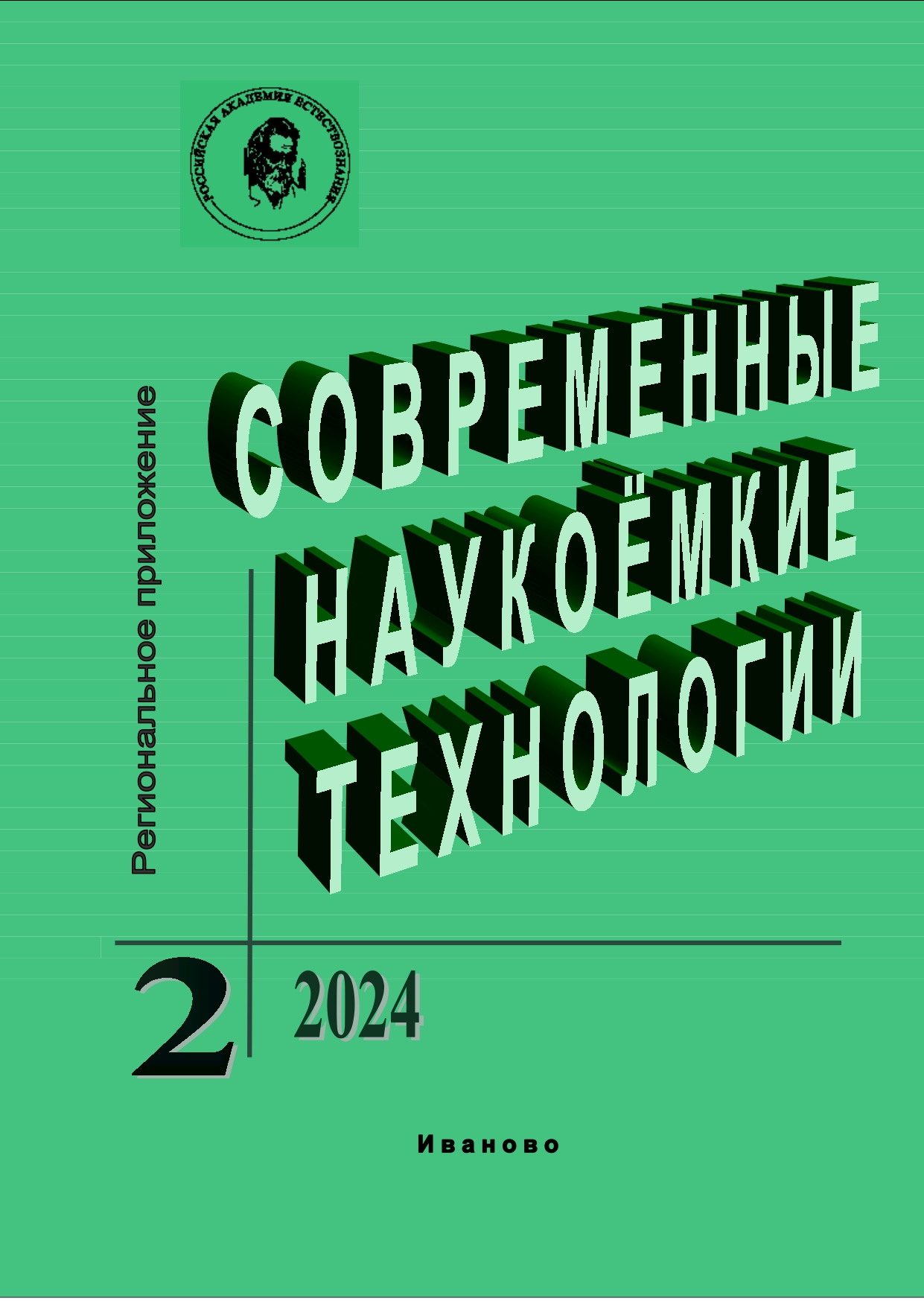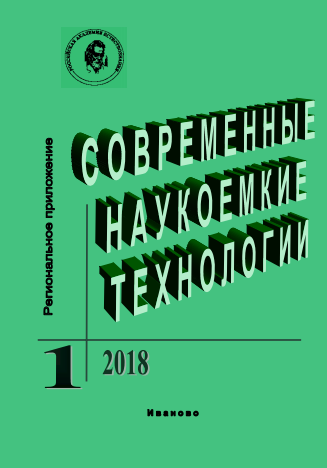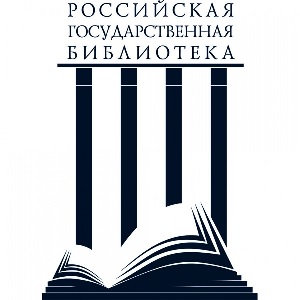IMITATION MODELING OF THE OZONE ELECTROSYNTHESIS PROCESS
Abstract
Currently, industrial technologies often use ozone as a strong oxidizing agent. The massive use of this gas necessitates the development of effective methods for its production. One such method is the synthesis of ozone in a dielectric barrier discharge.
This article discusses a description of a simulation approach to modeling the process of ozone electrosynthesis in a coaxial tubular barrier discharge reactor. In this case, a discrete stochastic approach is used. It is based on the study of the functioning of individual elements of the system, which, as a result, shape the behavior of the system as a whole. The approach takes into account the significant influence of random factors on the course of the phenomena under study. The probabilistic nature of the process being studied is modeled by applying procedures inherent in Monte Carlo methods. The article describes a computer simulation algorithm. The action plan takes into account the following components of the ozone electrosynthesis process: ozone formation under the influence of an electric discharge; ozone decomposition over time; movement of gases within the working zone of the reactor.
The work presents the results of simulation modeling of both individual stages of ozone synthesis and the process as a whole. The results of a comparison of computer simulation data with experimental data conducted on a real laboratory installation are described. Conclusions are drawn about the adequacy of the proposed simulation model, about the possibilities of its application in research practice, and the advantages and disadvantages of the described approach are noted.
References
Lunin V.V., Samoylovich V.G., Tkachenko S.N. et al.
Theory and practice of obtaining and using ozone. M.:
Moscow University Publishing House, 2016. 416 p.
Silkin E.M. Synthesis of ozone in electrical discharges
and increasing its efficiency. Components and technologies. 2008. N 6. P. 136-143.
Lunin V.V., Popovich M.P., Tkachenko S.N. Physical
chemistry of ozone. M.: MAKS Press LLC, 2019. 540 p.
Samoilovich V.G., Gibalov V.I., Kozlov K.V. Physical chemistry of barrier discharge. M.: Moscow University Publishing House, 1989. 176 p.
Zhilin Yu.N., Zarubina A.N., Oliferenko G.L. [and
others]. Engineering chemistry. Chemical reactors.
M.: FGBOU VO MGUL, 2016. 140 p.
Gumerov A.M. Mathematical modeling of chemical
and technological processes: St. Petersburg: Lan, 2022.
p.
Bobkov S.P., Astrakhantseva I.A. Using probabilistic
cellular automata to simulate fluid flow. Modern high
technologies. Regional application. 2022. N 2(70). P.
-54. DOI:10.6060/snt.20227002.0006(in Russian)
Bobkov S.P., Astrakhantseva I.A. Using multi-agent systems for modeling technological processes. Journal of
Physics: Conference Series, 2021. 012002 (ITIDMS-II
. DOI: 10.1088/1742-6596/2001/1/012002
Bobkov S.P., Astrakhantseva I.A. Application of an
agent-based approach to modeling heat conduction
processes. Bulletin of ISUE. 2022. N 2. P. 58-66. DOI:
17588/2072-2672. 2022.2.058-066
BobkovS.P. Use of Discrete Approaches for Simulation
the Basic Processes of Chemical Technology. Russian
Journal of General Chemistry. 2021. Vol. 91, N 6. P.
–1197. DOI:10.1134/S1070363221080181
Bobkov S.P., Astrakhantseva I.A. Discrete stochastic
model of flow hydrodynamics. Modeling of systems and
processes. 2023. N 2. P. 7-14. DOI: 10.12737/2219-0767-
-16-2-7-14
L. Saidiaa., A. Belasria [et al.]. Study of the physicochemical properties of a pulsed discharge in a CO2
-O2 mixture. PlasmaPhysics. 2019. V. 45, N 5. P. 465–480.
Bobkov S.P., Astrakhantsev R.G., Pavlova E.A.
Study of the structure of flows in technological devices
using discrete dynamic models. Modern high technologies. Regional application. 2024. N 1(77). P. 95-101.
DOI: 10.6060/snt.20247701.00013
Bobkova E.S. Atmospheric pressure discharge as a
source of active particles for purifying water from organic pollutants. News of universities. Chemistry and
chem. technology. 2014. T. 57, N 10. P. 89-91.
Kasatkin A.G. Basic processes and apparatus of
chemical technology: Textbook for universities. M.:
LLC TID “Alliance”, 2004. 735 p. (in Russian)
Bobkova E.S., Rybkin V.V. Peculiarities of Energy Efficiency Comparison of Plasma Chemical Reactors for Water Purification from Organic Substances. Plasma Chem.
Plasma Processing. 2015. V. 35, N 1. P. 133-142.
Maikov V.P. An extended version of classical thermodynamics, physics of discrete space-time. M.: MGUIE. 1997.
p.
Budanov V.V., Lefedova O.V. Chemical kinetics. Ivan.
state chemical technology univ. Ivanovo, 2011. 177 p.
Efremov G.I. Modeling of chemical and technological
processes. Moscow: INFRA-M, 2021. 260 p.














